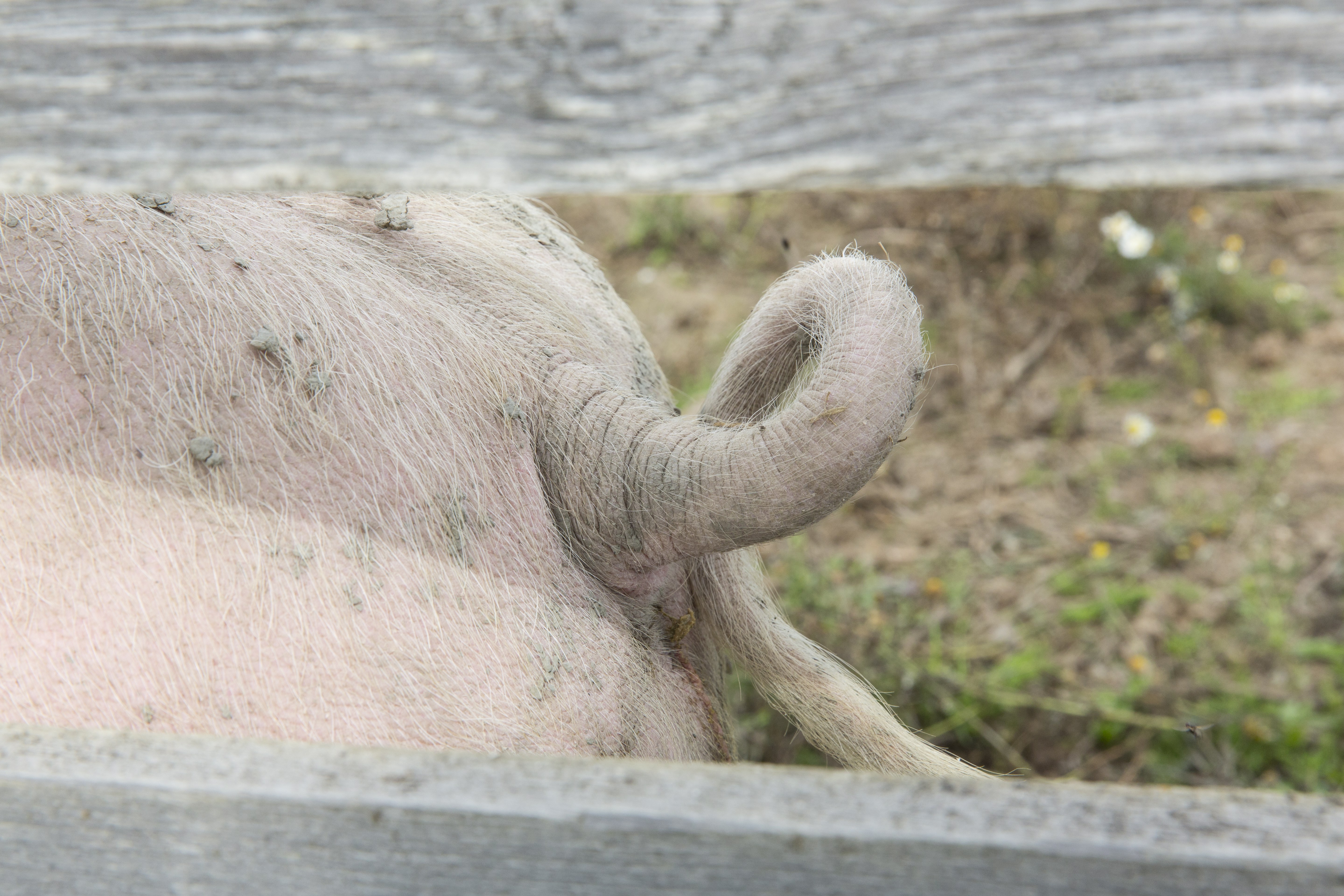Healthy livestock
Livestock are cared for in the best possible manner. Hormones to enhance growth are banned and antibiotics are administered only to sick animals on the orders of a veterinarian. Pigs have tails because the animals are well looked after and there’s no tail biting as stress levels are low and living conditions good. There’s no salmonella since the hygiene of the animals, workers and production spaces are controlled.

The foot pad index is used as an indicator of broiler flock welfare. A score under 40 indicates a flock is in good condition. The majority of broilers slaughtered in Finland score under 40.Pigs are kept indoors and the closed, controlled facilities enable the optimization of animal welfare factors, including temperature and air conditioning. The temperature of the building can be maintained in a steady state and good air quality ensured. The pig’s body functions optimally in a thermoneutral area. If the air is too hot, the pig doesn’t sweat, and will reduce its feed intake which decreases growth. The closed facilities reduce the danger of pests, birds and other animals intruding, and the disease risk.
Restricted use of antibiotics, for medication only
An antibiotic, or antimicrobial, is a substance that kills other micro-organisms, or inhibits their growth. European reports published since 2010 show that sales of antimicrobials for food-producing animals are very moderate in Finland. Total consumption between the extremes of application can differ a hundredfold. The proportion of antimicrobials critically important to human medicine is low in Finland.
Finland favours individual medication, whereas joint results for Europe show most antimicrobials were administered to animal groups in feed or drinking water. In 2015, the proportion of pharmaceutical injection and other products for individual medication was 60 % in Finland, while in Europe more than 90 % of antimicrobials sold for use in livestock were administered to animal groups. The use of antimicrobials for animals has been strictly regulated for decades. In Finland, antimicrobials are prescription only medicines and a veterinarian is not allowed to profit from the medicines sold or used. Finland voluntarily gave up the use of anti-microbials as growth promoters already in 1996.
A strong regulatory framework, determined guidance and a focus on livestock health care and the prevention of infectious diseases in animals have yielded results. The use of antimicrobials for food-producing animals is especially moderate in Finland by international standards.
Effective animal disease prevention
Finland’s climate and remote location have contributed to positive animal health. We have a long tradition of animal disease prevention. The farm and geographical structure of livestock production has contributed to prevention, since livestock farms are fewer and the frequency of animal transports lower than in many other European countries. In addition, the density of livestock is lower than in Central Europe.
Salmonella has long been prevented from entering the animal production and food chain in Finland, making Finnish food safer in that respect than in many other countries. Salmonella is a group of bacteria that can cause serious gastrointestinal and general infections.
One way of ensuring the low prevalence of salmonella in the food chain is the national Salmonella Control Programme (1995), which covers cattle, pigs and poultry, and the meat and eggs produced from them. Within the programme framework, Finland is committed to keeping the occurrence of salmonella below 1% in each species. In poultry meat and egg production, salmonella is monitored throughout the production chain, from the grandpa-rental or parental generation to productive poultry.
So we can eat uncooked eggs without concern and dough can be given to children.